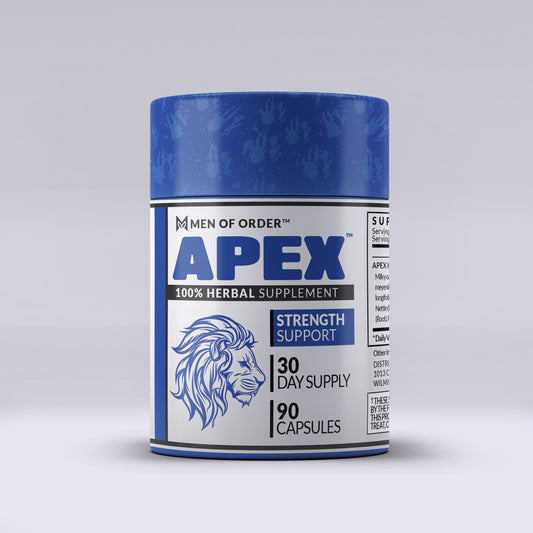Understanding support and resistance are key when looking at charts.
Welcome back! In Parts 1 & 2, we covered the basics of candle sticks as well as identifying chart patterns and noticing trends. In this section, we will speak about the two key factors when looking at these charts: SUPPORT & RESISTANCE.
"Support is a price level where a downtrend can be expected to pause due to a concentration of demand or buying interest. As the price of assets or securities drops, demand for the shares increases, thus forming the support line."
- Investopedia on "Support and Resistance Defined"
Think of support as an area where the price FALLS to and stays or bounces from. This is important to note `because this could affect your trading strategy and risk tolerance in particular. For instance, you may feel more confident and have more conviction about staying in a trade position longer, if your asset hasn't broken a support line because you know (from past data) that a bounce will come.
When looking for support and resistance I like to look for the areas that have multiple touches from the candlesticks and then mark that area. Some investors/traders use lines but I find that an area works better for me as I won't always nail the support line 100% of the time.
Let's take a look at Ethereum ($ETH) on the WEEKLY timeframe:

What we see here is a rise in price, then a fall followed by a slight pause and an attempt at a rise again only to dip to the exact same area and then boom! Right to the upside.
Let's zoom in with the support area circled.

Now let's take a look at resistance:
"Resistance, or a resistance level, is the price at which the price of an asset meets pressure on its way up by the emergence of a growing number of sellers who wish to sell at that price."
- Investopedia on "Support and Resistance Defined"
Again think of resistance as an area in which the RISING price meets its ceiling if you will, for the moment. Just like support, I try to find and mark the areas that touch multiple times for better conviction.
Let's take another look at Ethereum ($ETH) on the WEEKLY timeframe:

As you can here, the difference is a rising price move where support is the area for a declining price. These two points noted are where Ethereum price action upward was pressured and rejected but eventually moved past that! Let's zoom in:

Hmm....could just be me but this mimics a "higher highs higher lows" upward trend? See how this is all coming together. It did take me a little time to recognize support and resistance areas as well as plot them. Another key reason to knowing these areas is because the asset always revisits these areas during any price movement on a chart. And recognizing this helps to make smart trade decisions for the now and future.
In the next chapter of this tutorial, we will be going over the two candlestick charts I have personally used, why, as well as the differences and which one I prefer. Let's keep building!
Hotep & Build. ✌🏽
















